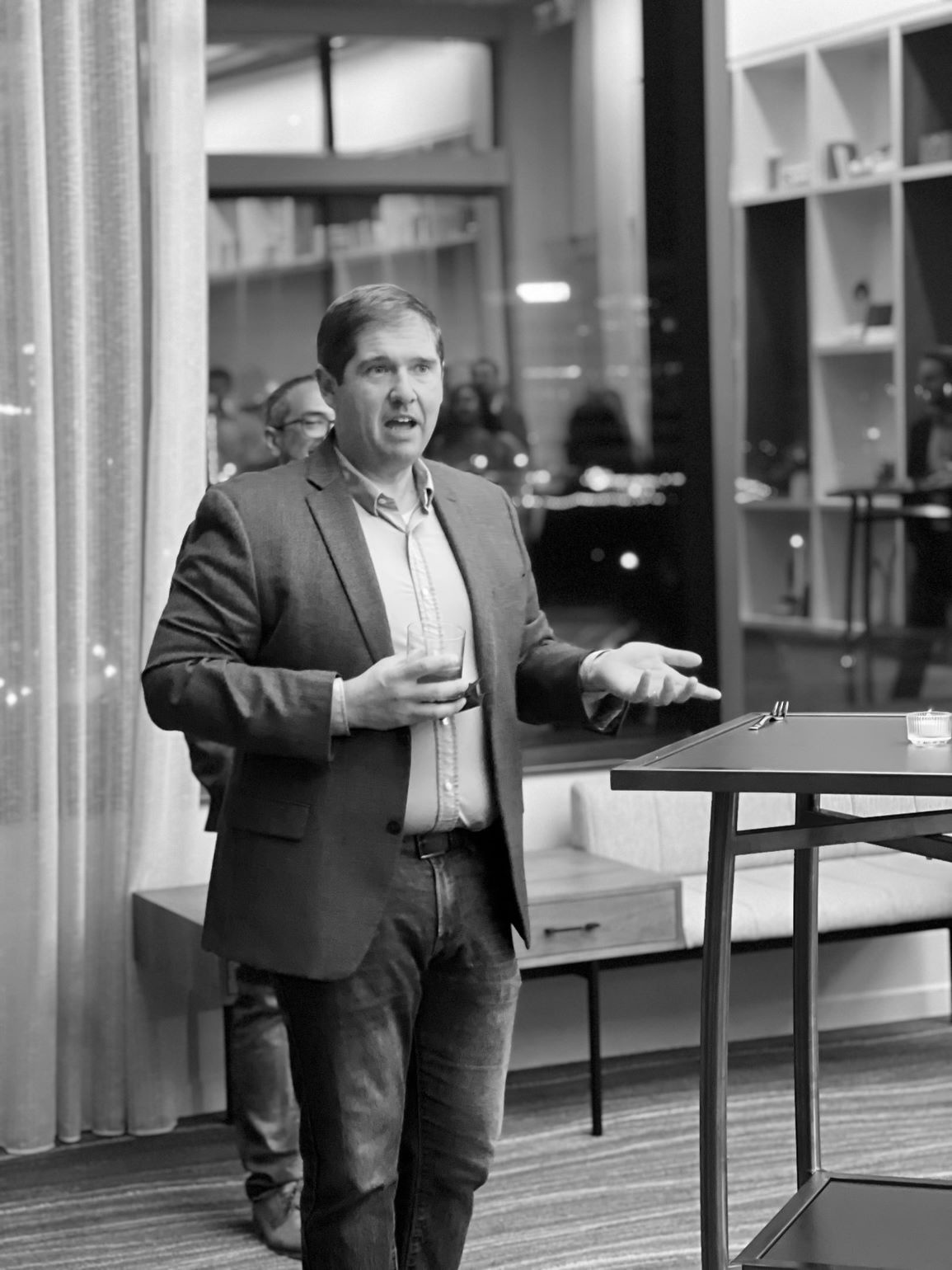This is the first of a five-part series, Working with COVID: A Five-Part Guide to Work-Life Integration during the Pandemic.

As we approach the two-year anniversary of our pandemic life, COVID-19 has shifted the way many of us view the world, business, and our daily lives. Many live differently due to the increased time at home with family, experimental hobbies, new trends, and a different work-life balance. As individuals, groups, and organizations, we’ve all felt the impact of these changes. At our core is a sense of loss for something we expected to be in our lives that is suddenly and unexpectedly gone. But what is often called resistance is really a biological reaction to the removal of this item or this expectation.
How did you react to these changes? Were you able to do your work from home? Did you flip a switch and suddenly convert to a remote employee of the same company and feel no change in your life? Did you have all the resources around you to fulfill your job on Day One? Was your living situation prepared for COVID-19 either due to roommates, partners, or children vying for broadband, airtime, or physical space?
If you answered yes to all of these questions, you are very lucky — and rare. Odds are that you answered no to one of these questions, and may gotten a little stuck.
Most of us experienced some sense of loss during this time because our world changed. The biological response we had came out as the emotions we felt during this period. Even for the rare few that felt energized by the challenge (God bless them!), the reactions to the pandemic and the workplace were driven by the loss of normal operations, processes, routines, or habits. These emotions come from a part of our brain (the Limbic System) that is intrinsically linked with our memories and past learnings. This means that when we do something for the first time, such as presenting to a leadership meeting from home, our brain says, “Wait, I have no memory of doing this before. I remember being in the conference room. This feels different. What do I do?” That, in turn, triggers an emotional response — discomfort, perhaps even low-grade anxiety. This is an attachment.
Meet MEL (memory, emotion, and learning)
MEL — memory, emotion, and learning — helps us form relationships in the world through the process of attachment. Through the creation of memories, and through learning, we spark strong positive emotions or associations with people, places, sensory experiences, or ideas that make us feel a certain way. When the objects that create positive emotions are taken away, we feel nervous, concerned, and cautious. When they are present, we feel comfort and calm. Through this process, we build one-on-one connections that form relationships; group connections that form clubs, teams, and communities; and larger shared connections that build organizations, societies, and culture.
The work-from-home (WFH) revolution required us to re-wire MEL. The daily commute from the house to the office turned into a roll from the bed to the desk. The casual conversation at the water cooler turned into a text message. The review over a colleague’s shoulder turned into a shared virtual screen. In truth, all these changes were likely things that were familiar and even sometimes enjoyable for you. However, in each case, you often had to learn the new behavior and create new memories using the behavior to build a positive emotional bank around that behavior before you were truly comfortable with it. This is how you tamed MEL. This is how you changed.
Of course, the things you once missed about your office may have been replaced with things you may now miss about your home if you ever return to the office. Aside from the measures of convenience, you may find that your new MEL is loaded with certain smells, sounds, habits, and routines that would never exist in the office. These may be a part of your new positive emotions: if you remove them now, you may have a little trouble adjusting again. In fact, you would probably feel a sense of loss, again.



